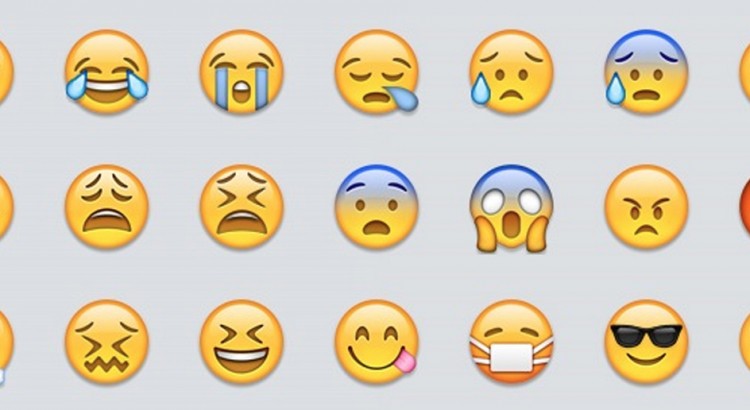We love to communicate with emojis – smiley faces, red hearts and of course the always fitting party popper. In fact, over 6 billion emojis and stickers are sent every day on messaging apps, according to London based startup Swyftkey. No wonder brands are starting to catch on, realizing that they can connect with their customers by becoming a part of their everyday visual communication. The concept of emojis originally comes from Japan, but the use of “picture characters”, as the word translates to from Japanese, is today loved by everyone owning a smart device. In an article for Swedish digital business magazine Internetworld I recently interviewed WWF, Coca Cola, and Bris — Children’s Rights in Society , about the emoji and sticker campaigns they have launched on the European market this spring.
As of April, you can hashtag emojis on Instagram. Facebook recently introduced the function to plaster stickers on Facebook photos. When Apple launched their iOS 8.3 update a couple of months ago, what they pushed for the most in their marketing was their new ethically diverse emojis included in the iOS keyboard. In May, The Telegraph called emojis the fastest growing language in the UK. Some even call it the first global language in the world.
This spring, several household brands and charities have launched emoji and sticker campaigns aimed at the European market. WWF wants to raise awareness of endangered species by sharing #endangeredemojis on Twitter and getting people to retweet. For every retweet of a gigant panda, a blue whale or one of the other 15 animal species, a user commits to donating 0.10€ to WWF. Swedish Bris, an NGO working for the rights of children, launched the iOS and Android app Abused Emojis to help kids more easily communicate about difficult subjects like domestic violence or parents drinking too much. The app quickly reached top ratings on the Swedish app stores.
“We are in contact with thousands of kids every year, and we know that it’s sometimes difficult to put difficult feelings into words. Sometimes it’s easier to use symbols and pictures to show what you really feel, which is why we have developed this app,” Silvia Ernhagen, Communications Director at Bris, explained in my interview with her for Internetworld.
Coca-Cola is the first brand to create an official account on the popular Japanese messaging app LINE, launching a set of stickers created in collaboration with young talents from across Europe, as part of their Choose Happiness-campaign.
“As stickers are rapidly supplementing words within mobile messaging, we wanted to create a new universal visual language for happiness that could generate feel good moments with every share,” said a Coca-Cola spokesperson in the same Internetworld interview.
Digiday writes about “The emojification of brand advertising“. The Guardian highlights different campaigns from Bud Light, PETA and General Electric in the article “The rise of the emoji for brand marketing“. An Orea campaign on popular Chinese messaging app WeChat, aimed at Chinese parents and kids, gained a lot of international attention last year. Momentology lists more examples in the article “A Year in Emoji Marketing: How 16 Brands Used Emojis“. Leading global social media agency We are Social poses the question: “Emojis in marketing: Is it time for your brand to put on a smiley face?” Last January, just a week after arriving in Japan, I wrote a blog post on “Visual communication in Japan – and the rise of LINE“. It’s clear that the rest of the world are starting to catch on to the playful, visual communication from Asia.
I am pretty confident that we can expect to see more brands and organizations explore the new realm of Emoji and Sticker marketing this year. Which is great news – that means more fun and versatile ways to communicate online with friends from around the world in this our first written global language.
Emoji and Sticker campaign movies from WWF, Coca-Cola, and Bris:
